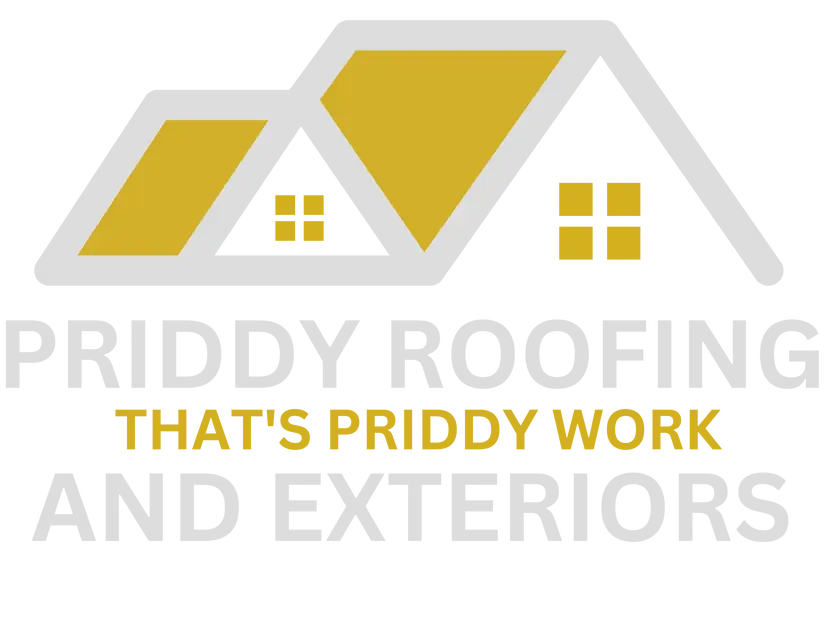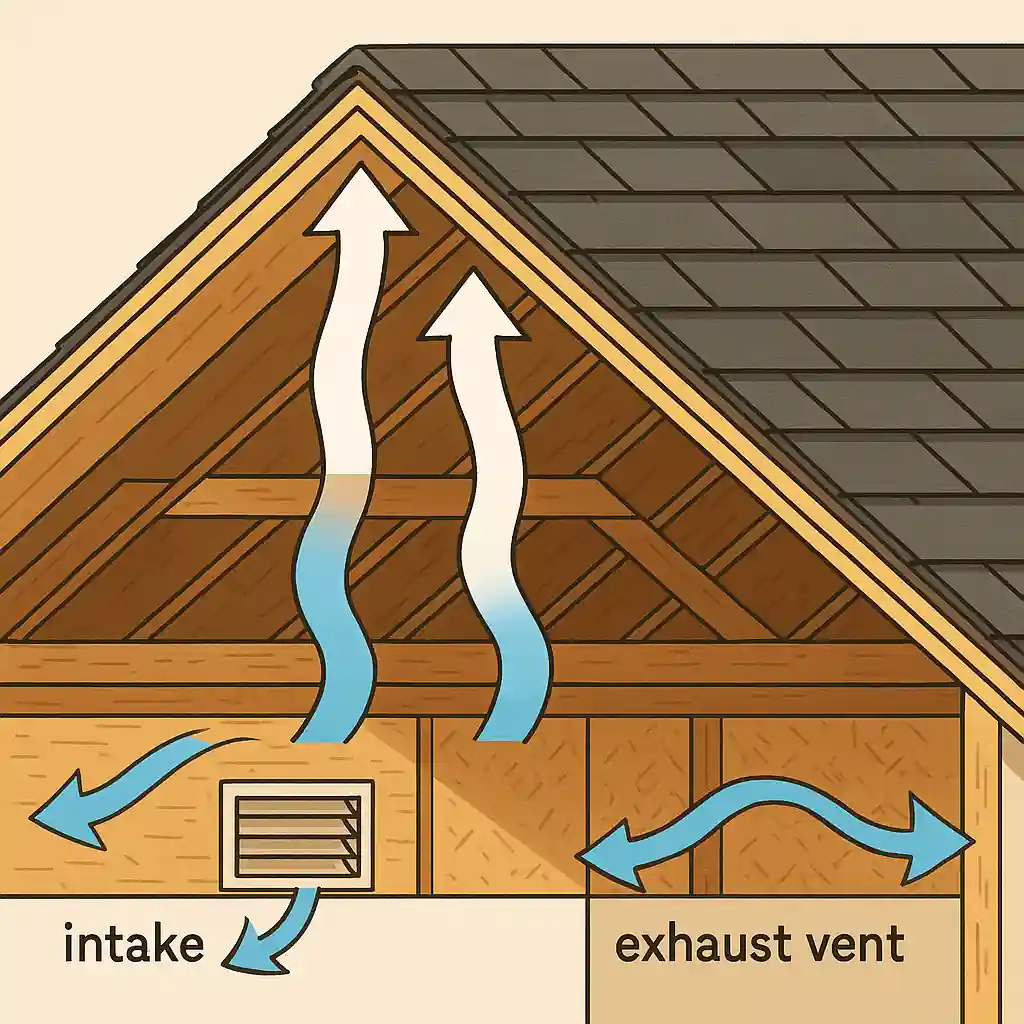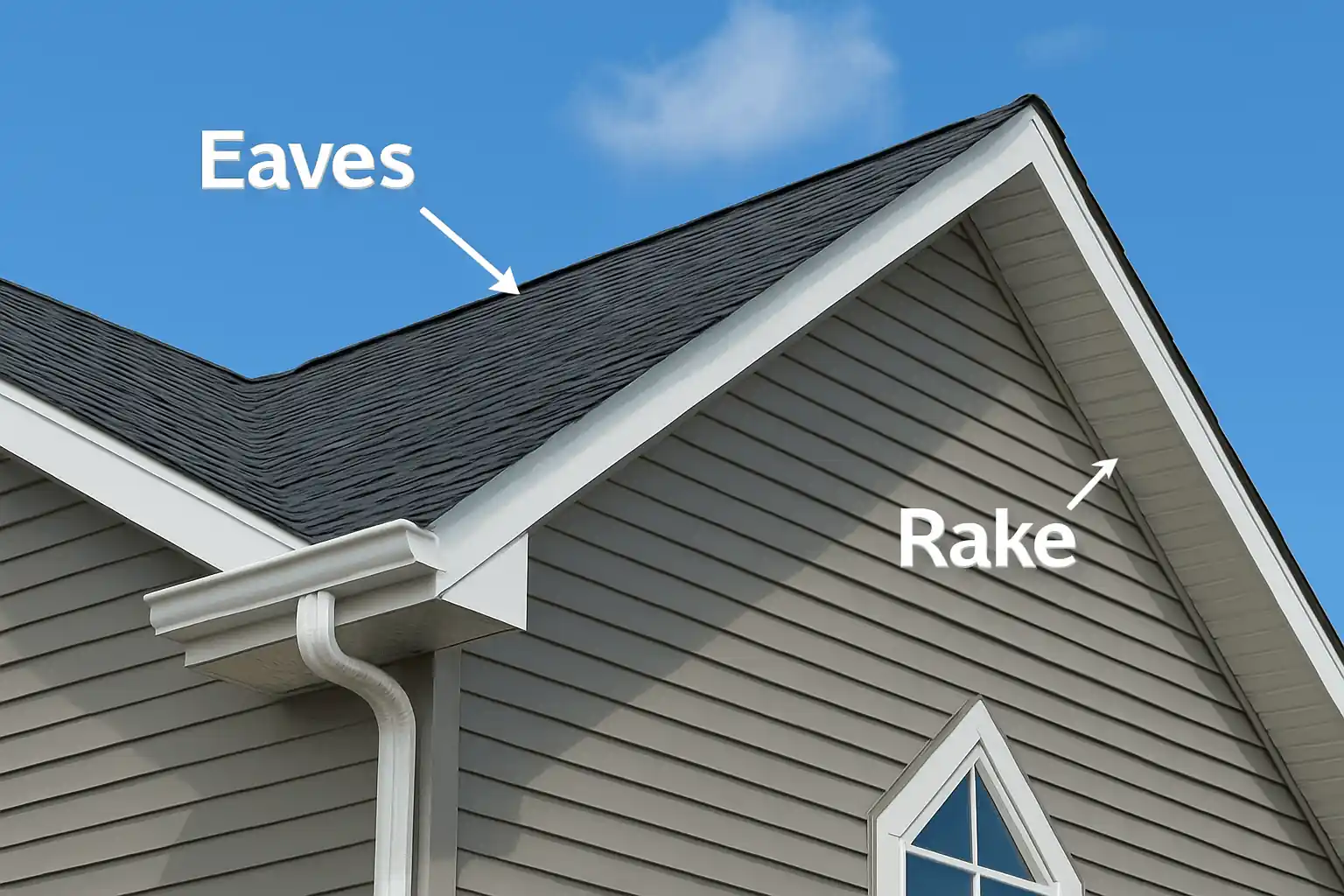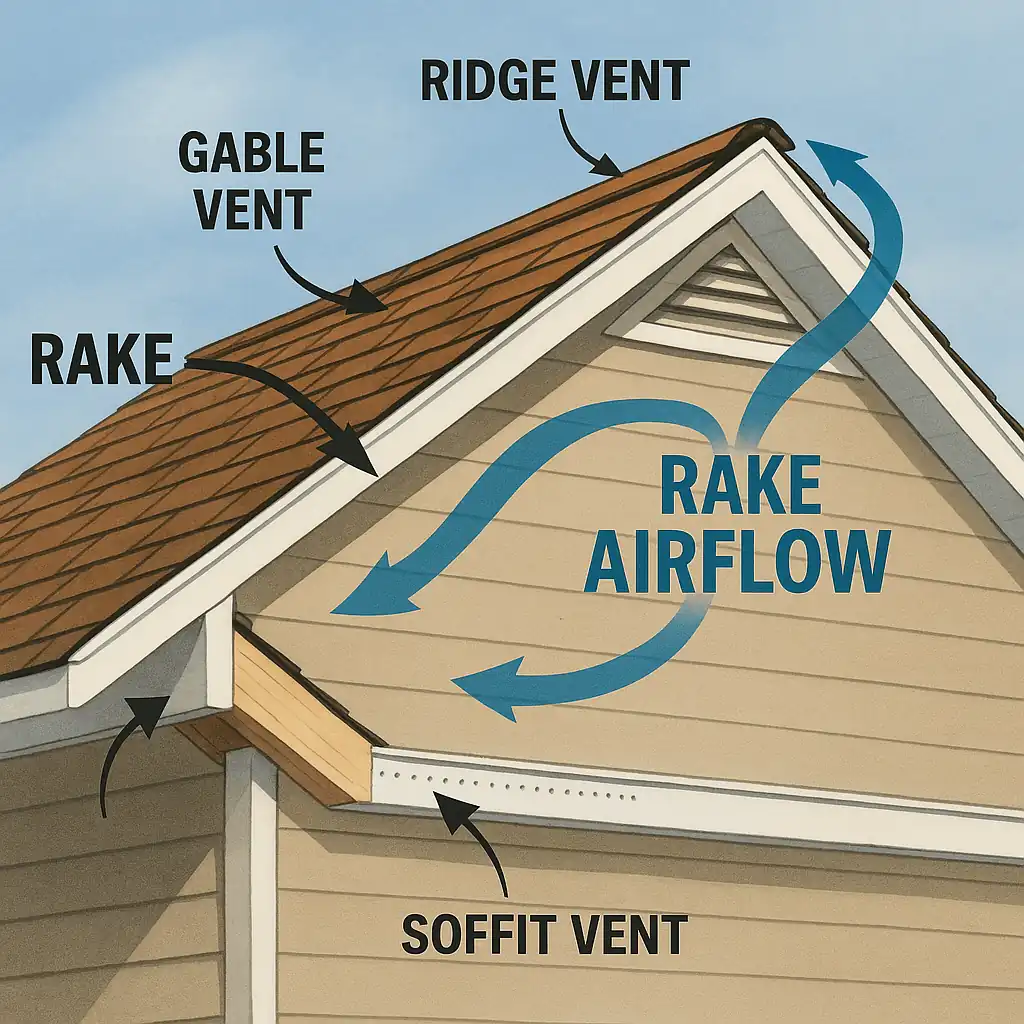Why Attic Ventilation Matters for Roof Protection
Most homeowners rarely think about their attic unless there’s a problem. But attic ventilation plays a crucial, behind-the-scenes role in your roof’s performance and longevity. Done right, it keeps your roofing system dry, balanced, and energy-efficient. Done wrong—or ignored—and it can quietly shave years off your roof’s lifespan.
Attic ventilation isn’t just about air; it’s about moisture control, temperature regulation, and protecting the entire structure of your home from the inside out.
What Does Attic Ventilation Actually Do?
Your roof endures every shift in weather—scorching summers, freezing winters, and everything in between. But without a well-designed ventilation system, the space just beneath it—your attic—can quietly become a source of trouble.
When heat builds up in the attic, especially during hot months, it radiates upward and bakes your shingles from the inside out. This hidden stress causes premature aging, cracking, and curling, reducing the life of your roof from what could be decades down to just a few years.
During the winter, attic warmth can melt snow sitting on your roof. While that might seem harmless, the water often refreezes at the roof’s edges where it’s colder, forming ice dams. These dams can block water from draining properly, pushing it up under the shingles and into your home.
Moisture is another silent threat. Inadequate airflow allows humidity to collect, especially after heavy rains or snowmelt. That trapped moisture leads to condensation, which in turn causes mold growth, wood rot, and even deterioration of insulation.
And all of this affects more than just your roof. Poor attic ventilation makes your HVAC system work harder to cool or heat your home, especially in extreme seasons—leading to higher energy bills and wear on your heating and cooling equipment.
Balanced attic ventilation helps prevent all of these issues. It creates consistent airflow that moves heat and moisture out before they can cause damage—preserving your roof, improving energy efficiency, and extending the overall life of your home’s roofing system.
How Roof Ventilation Systems Work
Effective attic ventilation is based on a continuous airflow system that balances two types of vents:
Intake vents—located at the roof’s eaves or soffits—pull in cooler outside air. This fresh air replaces the hot, moist air that rises to the top of the attic.
Exhaust vents, typically placed near the roof ridge, allow that rising hot air to escape.
Together, these vents create a natural cycle that keeps your attic cool and dry. Without this balance, airflow becomes stagnant, and all the risks that come with heat and moisture buildup begin to take hold.
The Role of Eaves & Rakes in Intake Ventilation
Eaves are more than a design element—they’re the entry points for intake ventilation. Enclosed eaves (soffited) allow for continuous soffit vent installation, while open eaves require alternative solutions like edge-installed or rafter vents. If these areas become blocked with insulation or debris, air can’t circulate—and that’s when problems start.
Rakes, the sloped edges of gable roofs, help guide airflow along the roofline. While they don’t house vents themselves, their design can enhance or hinder how effectively air moves across your roofing system. When replacing or repairing a roof, these structural edges should be considered part of your home’s ventilation strategy.
The Role of Rakes in Roof Airflow
Rakes are the sloped edges on a gable roof, running from the eave to the ridge. While not ventilation points themselves, their design can influence air circulation along the roofline. Close rakes and open rakes affect how airflow wraps around the roof’s structure, making proper planning essential in new installations or replacements.
How These Companies Help Protect Your Roof Through Ventilation
Priddy Roofing and Exteriors – System-Wide Ventilation You Can Trust
Priddy Roofing takes a whole-home approach to roofing, which includes making sure your attic ventilation system supports the health of your roof—not shortens it. Every roofing job begins with a free inspection that assesses not just the condition of your shingles, but also the airflow inside your attic. If problems like mold, heat damage, or premature shingle wear are found, blocked soffits or missing ridge vents are often the hidden culprits.
Their team installs and repairs soffit and fascia systems that keep intake air flowing freely at the eaves. They also upgrade older roofs with modern, code-compliant exhaust venting. And every bit of this work is backed by their 5-year craftsmanship warranty—so you know the job is done right.
If poor ventilation has already led to interior damage, Priddy Roofing helps navigate the insurance claim process, documenting problems and advocating on your behalf to get coverage where it counts.
GAF – Ventilation Products That Work as a System
GAF offers more than just shingles—they provide entire systems designed to perform together. Their Cobra® Ridge Vents deliver passive, seamless ventilation that fits neatly at your roof’s peak, while Master Flow® Power Attic Vents offer a powered solution for high-humidity attics.
To ensure precision, GAF provides an Attic Ventilation Calculator—a tool contractors use to determine exactly how much airflow your home needs based on its size and roof structure. When installed by certified professionals like those at Priddy Roofing, GAF systems qualify for extended warranties like the Golden Pledge® Limited Warranty, giving homeowners long-term peace of mind.
CertainTeed – Integrating Ventilation into Every Roof System
CertainTeed’s Integrity Roof System® incorporates ventilation into the roof’s overall design—not as an afterthought, but as a critical component. Their InvisiVent® Soffit Panels serve as both stylish and high-performance intake vents, while their ridge vent systems allow moisture to escape efficiently.
For homes with low-slope roofs, CertainTeed pairs ventilation with roofing membranes like Flintlastic® SA, ensuring airflow is considered even where traditional venting may not apply. Certified CertainTeed contractors know how to install these components for maximum performance, minimizing risks of mold, heat damage, and shingle failure.
How Our Team Ensures Proper Attic Ventilation
We don’t just replace roofs—we install full systems built to last. That includes checking and optimizing attic ventilation every time we install or repair.
Our roofing installations are backed by a 5-year craftsmanship warranty. If ventilation issues are related to how we install your system, you’re covered. And if your ventilation has contributed to roof damage, our team works with your insurance provider to streamline claims and get the work done right.
Get a free inspection
A roofing professional can evaluate your attic ventilation system to determine whether it’s doing its job. Many problems aren’t visible from the outside—but an expert can spot signs of blocked vents, moisture buildup, or air imbalance right away.
Pick and Install the Right System
Whether you need upgraded soffit vents, ridge vents, or a full attic fan setup, your contractor will help you choose products that fit your home and your region. And if your roof needs replacing, ventilation will be built into the design from the start.
Rest Easy with Year-Round Protection
Once your attic is ventilated correctly, you’ll feel the difference—lower energy bills, fewer repairs, and a roof that performs better season after season. Plus, you’ll be covered by warranties that back up the quality of both the materials and the craftsmanship.
Small Detail, Big Difference
Proper attic ventilation is a critical aspect of roof health, impacting everything from energy efficiency to the longevity of roofing materials. By leveraging the services and products offered by Priddy Roofing and Exteriors, GAF, and CertainTeed, homeowners can ensure their roofing systems are equipped to handle the challenges of varying weather conditions and maintain a comfortable indoor environment.
If you’re considering a roof replacement or want to assess your current attic ventilation, it’s advisable to consult with professionals who can provide tailored solutions to meet your home’s specific needs.



